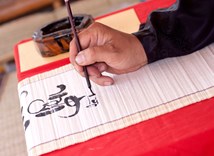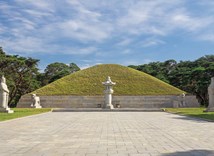A trip to “The Land of the Morning Calm” is, for most tourists, a truly exceptional experience. The choice of souvenirs is therefore essential... for this reason, we offer you a list of original gift ideas to bring back from South Korea!
Han-ji, famous Korean papers
What is it? - Hanji, literally means "Korean paper", is a traditional paper made by hand from the inner bark of paper mulberry, a tree that grows in Korea. In general, it is a thick and colored resistant material.
Its history? - Hanji is used in different ways: lamps, fans, calligraphy scrolls, cards... For hundreds of years, hanji has also been used for the windows, walls and doors of traditional Korean houses.
Where to buy? - There are many places throughout the country which sell hanji creations. The city of Jeonju is known for its quality of paper and you can also visit the Hanji Museum.
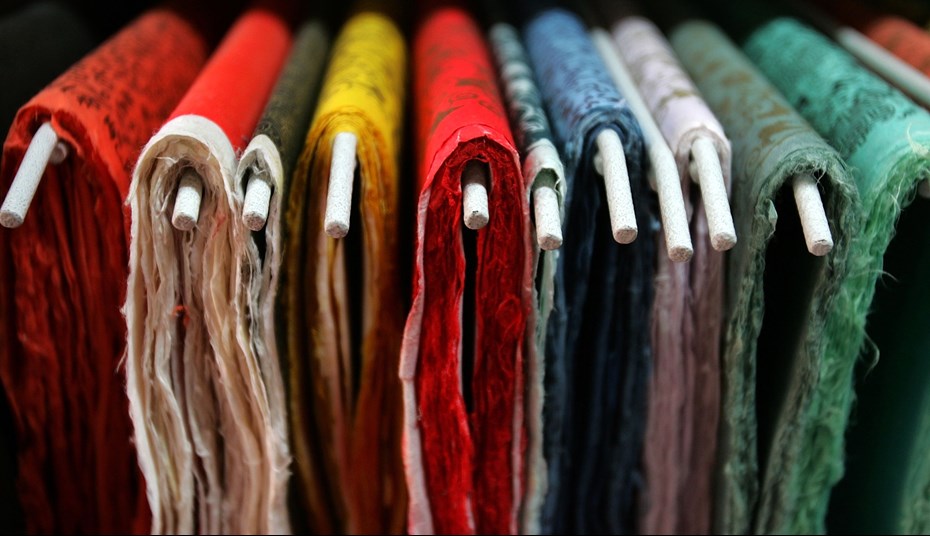
Buchae, an elegant fan
What is it? - One of the most important works of art on paper of Korea is the bu-chae, or paper fan.
Its history? - During the Joseon Dynasty period (1392-1910), bu-chae fans were used in shamanic ceremonies and even gave its name to a traditional dance called Bu Chae Chum.
Where to buy? - These fans can be found in most markets of the country, for example in Seoul, you have to go to Insadong District, where local artists still value the tradition of this ancient form of art.
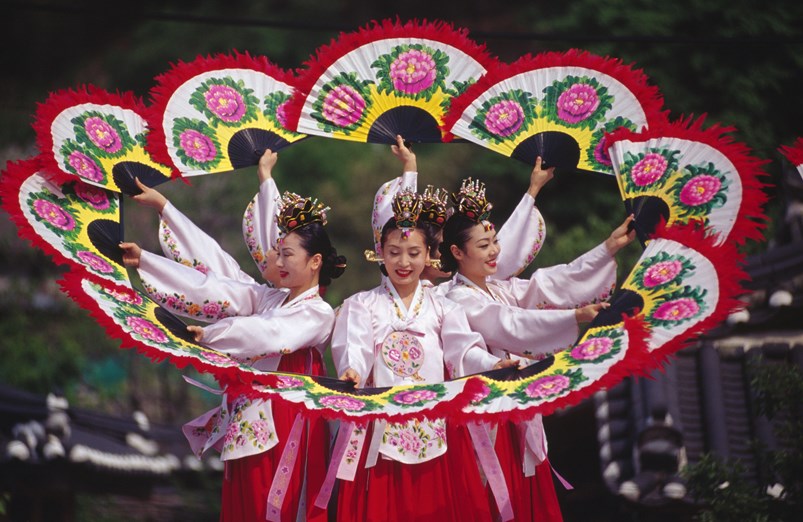
Do-jang, a unique signature
What is it? - A Do-jang (도장) is a traditional personal stamp made of stone or wood used to sign your name in Hangul (Korean letters). These customized stamps are often used in Korea to sign contracts and official documents.
Its history? - The do-jang was introduced in Korea during the 2nd century BC. The oldest evidence of its use was of the King of Buyeo, who bore the inscription "Seal of the King of Ye" (예왕지인). Today, the do-jangs are still frequently used in the business world in Korea.
Where to buy? - The do-jang can be purchased in small stamp shops throughout Korea. There are usually a range of different types of stones, sizes and patterns.
➔ Discover our article on the Korean alphabet, the "Hangeul".
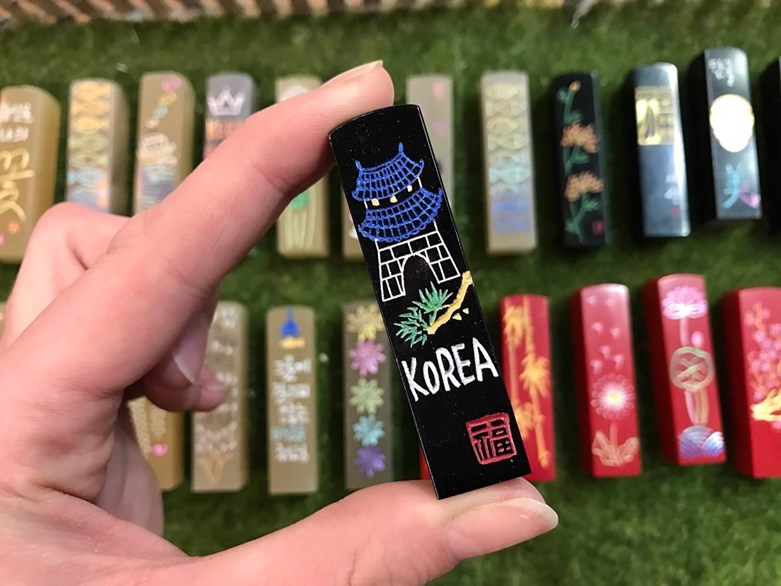
Hanbok, the traditional clothing
What is it? - Hanbok (한복), which means "Korean clothing", is the traditional dress of Korea. On the upper body, the men and women wear a jacket called (저고리) jeogori. For the bottom, the women wear a long puffy skirt, while the men wear wide and loose pants.
Its history? - The origin of the hanbok goes back to the Goguryeo Dynasty, one of the three ancient Kingdoms of Korea. For the Koreans, the hanbok is part of the country's national history and cultural heritage, and has been carefully passed down from generation to generation.
Where to buy? - The traditional Gwangjang Market in Seoul is a popular place to buy a hanbok.
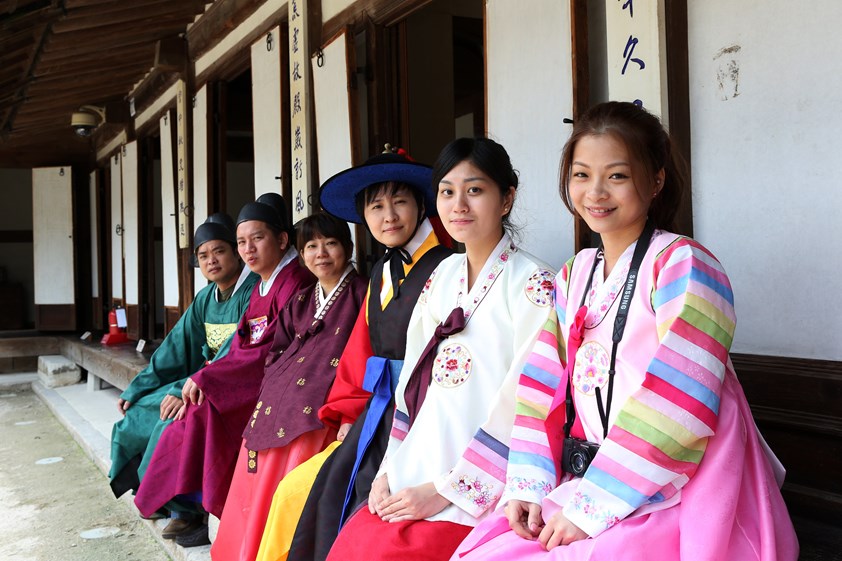
Celadon, Korean ceramics
What is it? - South Korean ceramics, an authentic ancestral know-how, remains a particularly refined and sought-after art. It can be found in several creations such as bowls, vases or accessories.
Its history? - The history of Korean ceramics dates back to 8000 BC. The iconic technique of glazing in jade green celadon color is considered a national treasure.
Where to buy? - These creations can be found in most major Korean cities, but Yeoju is defined as the capital of Korean ceramic inspiration.
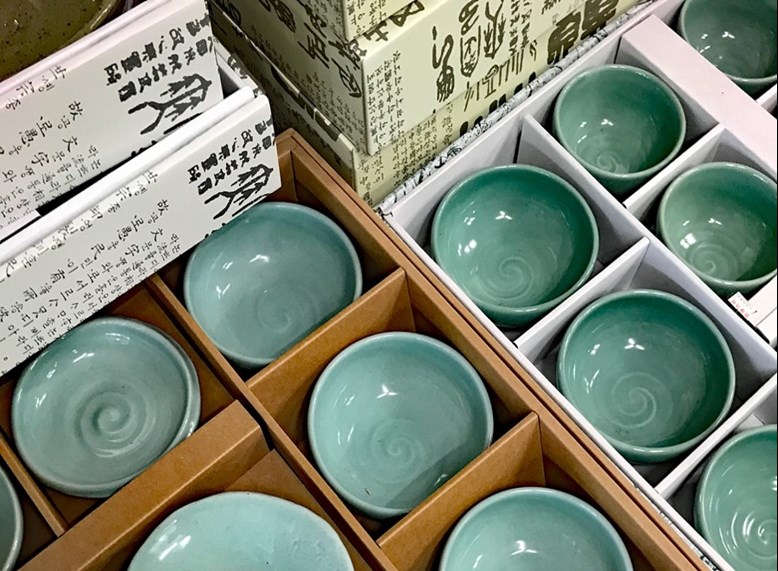
Gim, the edible seaweed
What is it? - Gim is one of the most cultivated and consumed seaweed species in Korea. Dried seaweed contains many antioxidants that are useful for improving ones health.
Its history? - The first appearance of gim dates from the Goryeon era, but gim production dates back to the 15th century in Jeolla and Gyeongsang provinces.
Where to buy? - Dried seaweeds are abundant in almost all local stores. It is even possible to buy them in commercial areas of the international airports.
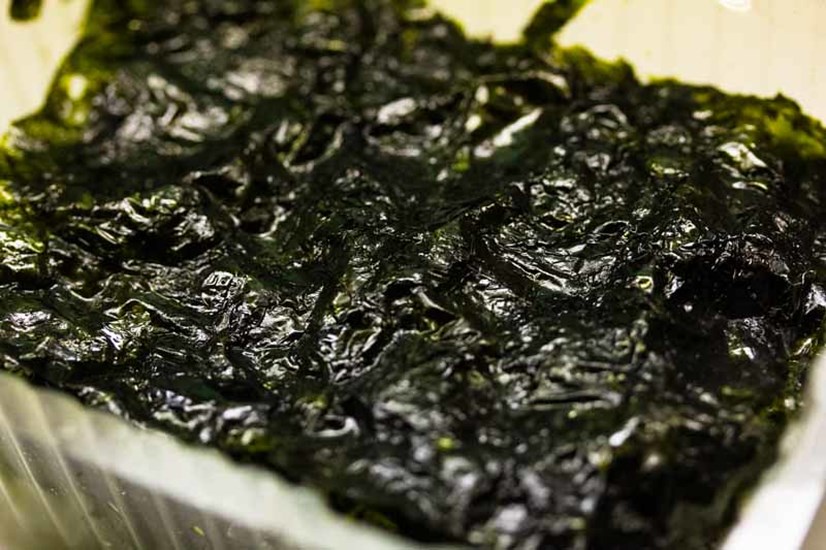
Soju, the famous distilled beverage
What is it? - Soju is the traditional drink of the country, it is made from rice, wheat or barley. In addition, it is generally consumed pure.
Its history? - Soju was introduced by the Mongolian invaders at the beginning of the 13th century during the Goryeo Dynasty. As for its consumption, Koreans follow a strict rule of holding the glass with both hands when they receive a glass from an older person and lowering their head.
Where to buy? - It is easy to find soju, the green packaging drink, which is available on all the shelves of convenience stores or supermarkets.
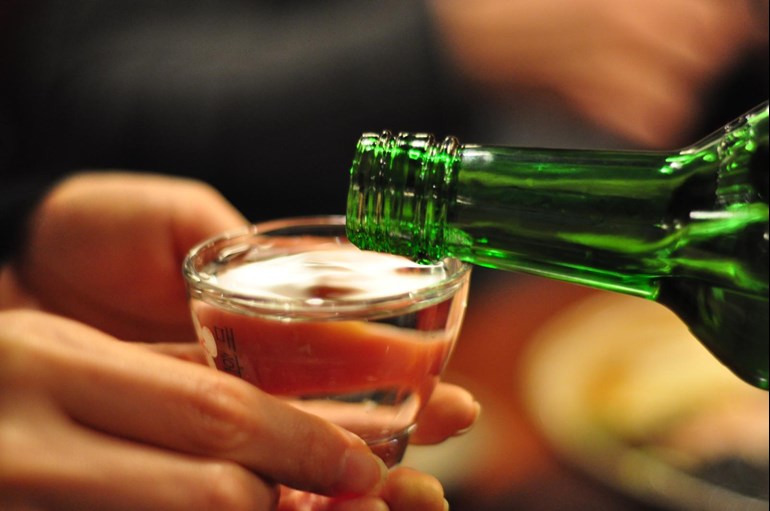
Alcohol abuse is dangerous to your health.
Ginseng, a beneficial plant
What is it? - Ginseng is the most famous medicinal plant in Asia. It is called "red" or "Korean red ginseng" when the root has been steamed before drying.
Its history? - In Asia, ginseng has been a great success since the 17th century. Its name "Panax Ginseng" indicates that it is known to be able to cure everything.
Where to buy? - There are a number of places to buy ginseng, but in order to get the best quality, you have to go to the Gyeongdong Yaknyeong Market or Naemdaemun Market.
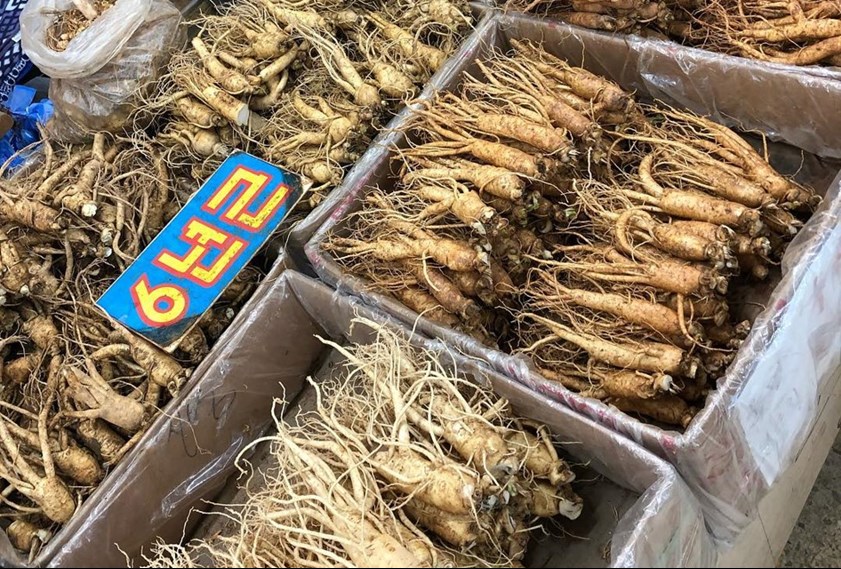
%MCEPASTEBIN%%MCEPASTEBIN%







